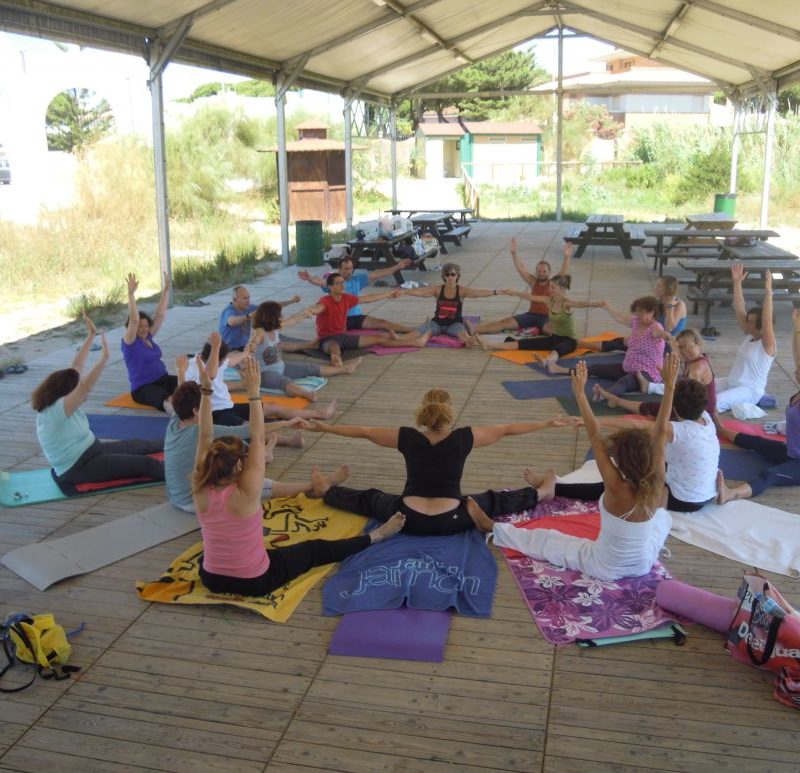Let’s start explaining what Ashtanga Mysore Style is
Imagine a room where every person is doing his/her own practice, individually, although everybody under the same method: Ashtanga.
Ashtanga Mysore style consists of six series: Primary, Intermediate, Advanced A, B, C and D.
According to your level Mysore style indistinctly adapts to beginners and advanced practitioners, aiming to develop a self-practice that you can take anywhere.
A daily practice brings continuous growth through the repetition of the asanas challenging your mind and body, discovering each time something new about the pose itself or yourself. As the skill/ability/dexterity and knowledge of the practice evolves, you add asanas gradually. Mysore style is named after the city where Sri K Pattabhi Jois lived and taught, continuing this teaching style from his teacher, T. Krishnamacharya.
This Ashtanga Mysore Style is transmitted following Parampara.
Parampara or lineage, is based on the spirtitual relationship and orientation tradition where teachings are transmitted from Gurú (Master) to a Sisya (disciple). Such knowledge is imparted through the relationship that develops between the guru and disciple. This relationship is considered , based on the authenticity of the Guru, and the respect, commitment , devotion and obedience of the student, the best way to convey the most advanced knowledge. The student eventually masters the knowledge that the guru embodies.
An Ashtanga Mysore style class is totally different to any other style of yoga and even from a led Ashtanga class.
Sometimes happens that a student goes to a lead class and ends up saying “this is not for me”, “ I can’t do this or that asana”. Turning to a practice without any previous knowledge from the series can be shocking, considering that the flow from pose to pose is fast paced and understanding the syncronization between movement and breath is really important.
For that very reason Ashtanga Mysore style is ideal because it welcomes all the levels. Every practitioner follows his/her own rhythm and gets to know the sequence on their own pace.
Every single person has different physical aptitudes, mental state and needs.
This form of Yoga offers the opportunity of developing your practice without feeling pressure from others practicing it, and erasing the anxiety that can arise when you are in a room where everyone is guided to follow somehow the same pace.
This way of practicing helps to find this union or devotion towards your own practice.
At the beginning practice can be difficult, physical and mental strength are indispensable ingredients in Ashtanga Mysore style practice.
To wake up early in the morning to do your practice demands discipline. The repetition of the asanas demands dedication and patience. Practicing every day demands strictness.
Its interesting to observe how certain people get attracted to Ashtanga Mysore Style. This practice gathers people that are searching for inner peace with similar needs (somehow).
With practice all comes.
Pathabi Jois said “Practice and all is coming”
I understand it like: absolutely everything. The good and the not so good. The strength and the fear. The courage and the insecurities. The love and the frustration.
Therefore Ashtanga Yoga is not only a physical practice, moreover it can become easily a way of living.
Don’t you want to overcome your fears, face your doubts and live every time more in the present?
Asanas are just a tool, they are not the end. Asanas support us in order to reach a more complete state with our being. The practice serves as a movement meditation. The commitment towards it leads to respect our own self.
Every moment is a possibility to be total. Be good to yourself and give it a chance.
Now, is the moment to decide to love yourself and be happy. Don’t delay it.

ashtanga mysore style yoga retreat
A hug full of light, looking forward to meet you.



